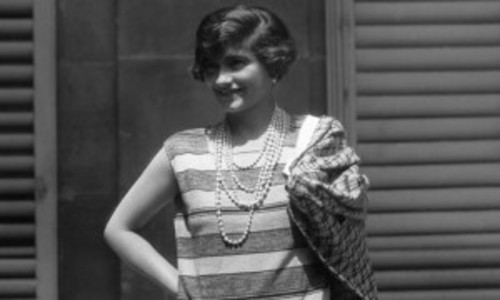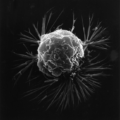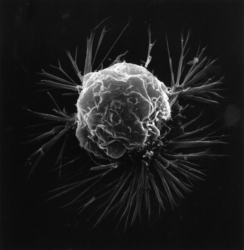It was she, after all, who stepped off a friend’s yacht in Cannes looking fabulous, free-spirited, and tan in a sea of the pale and repressed. It was she who designed freer, arm and leg-baring fashions, leading women to bob their tresses and dance with abandon down the aisle of jazz and liquor. Society, which had scorned a hint of bronze just a decade earlier, embraced it with increasing abandon.
Before Ms Chanel’s noteworthy disembarkation, tan skin was a sign of the lower class; of laboring in fields and living rough on the streets. Nobility, on the other hand, lived a life of leisure spent indoors. To tan was to toil and that was something the betters did not do. In fact, instead they pioneered the Michael Jackson trail of applying bleach to the skin, often using lead and arsenic-based face paint.
Yes, these women suffered premature death, but they looked darn good in the process.
With the dawn of the Industrial Revolution, which kept workers indoors more than out, a tan became the 20th century’s status symbol. Those who had the means for Mediterranean, island, and beach vacations were the bronzed beautiful jet set, once again distinguishable from the proletariat.
Enter Gidget and Moon Doggie, Frankie and Annette, Coppertone and Iodine-laced baby oil; by the fifties, we all aspired to a healthy, beautiful tan.
Now, a little sun is good for you, necessary actually. Without the Vitamin D the sun provides, we develop rickets and bone deformities. The first tanning beds, in fact, were a medical invention to counteract sunlight deprivation and vitamin D deficiency. Yet, on average, fifteen minutes a day, three days a week provides the Vitamin D we as humans need. We do not need to bake under the sun for hours and we especially do not need to lie in carcinogenic capsules of UV rays.
Rates of malignant melanoma have more than quadrupled in the past 30 years. It is the most common form of cancer among those aged 15-34. The World Health Organization has found that people who have been using tanning devices before age 30 are 75% more likely to develop melanoma.
We still tan. And it is killing us.
Educating the public, and particularly teenagers, about the dangers of tanning is a personal cause for me. My own father died of melanoma at 52. He only sunned himself on vacation, which was not often. He was a lifeguard in high school and during summers home from college. He never used a tanning bed. I got my olive complexion from him. Other than his pale blue-gray eyes, he did not fit the mold of a skin cancer susceptible being. He died all the same.
I see teenagers on the news tanning for prom, people still slathering themselves and lying like meat cooking in the sun, a baseball mitt brown mother taking her child to the tanning salon. With the exception of that last example, tanning is still a very accepted activity. Humans view themselves as immortal, until they don’t. Until they find a strange mole on their head or under their arm and the doctor estimates a year of life left, a year of surgeries and chemotherapy and radiation until his body gives up the fight. Until a wife and grown daughter are left bereft, and three beautiful grandchildren will never know their amazing grandfather. It’s got to stop. We are killing ourselves.
I, for one, am all for bringing pale skin back in fashion, hold the lead and arsenic please.





